We have much more to do and your continued support is needed now more than ever.
Game Changers: Climate Impacts to America’s Hunting and Fishing Heritage

Across America, climate change is reducing big game populations, stressing coldwater fish, and threatening waterfowl reproduction, leaving sportsmen and women concerned about the future of these species. The need for combating climate change to preserve and defend outdoor traditions and wildlife is clear. Solutions such as the Clean Power Plan, which will cut carbon pollution from power plants, are essential to help protect habitat for our treasured fish and game wildlife.
Hunters and Anglers are Key to Conservation
Sportsmen and women play a large role in wildlife and habitat conservation. Through various excise taxes and the purchase of hunting and fishing licenses and stamps, hunters and anglers provide key funding to state fish and wildlife agencies for conservation. In today’s challenging fiscal climate, continuing dedicated funding of this type is absolutely critical for facilitating conservation actions by the states. This funding, along with efforts by citizens, state wildlife agencies, and federal agencies has grown hunting, fishing, and wildlife viewing opportunities remarkably.
The more than 37.4 million hunters and anglers in the United States contribute some $90 billion to the national economy each year and help support more than 680,000 jobs! The loss of recreational hunting and fishing opportunities due to climate change could have real economic impacts across the nation, particularly in rural areas that depend on these expenditures.
Climate Impacts to Game and Fish Species
America’s rich community of game and fish species are struggling to adapt to the effects of climate change, and some never will. Wildlife are facing increasingly dangerous situations brought on by warming waters, shorter winters, longer droughts, invasive species, and shifting vegetation. A few examples of the threats these species face are outlined below:
Mule Deer
Major droughts which are projected to be more severe in the future have contributed to declines of this western species. This, combined with the threat of habitat loss and fragmentation from oil and gas development, has devastated populations in Colorado’s Logan Mountain on the Colorado Plateau. Failure to address these stressors will increasingly affect hunting and viewing opportunities for mule deer.
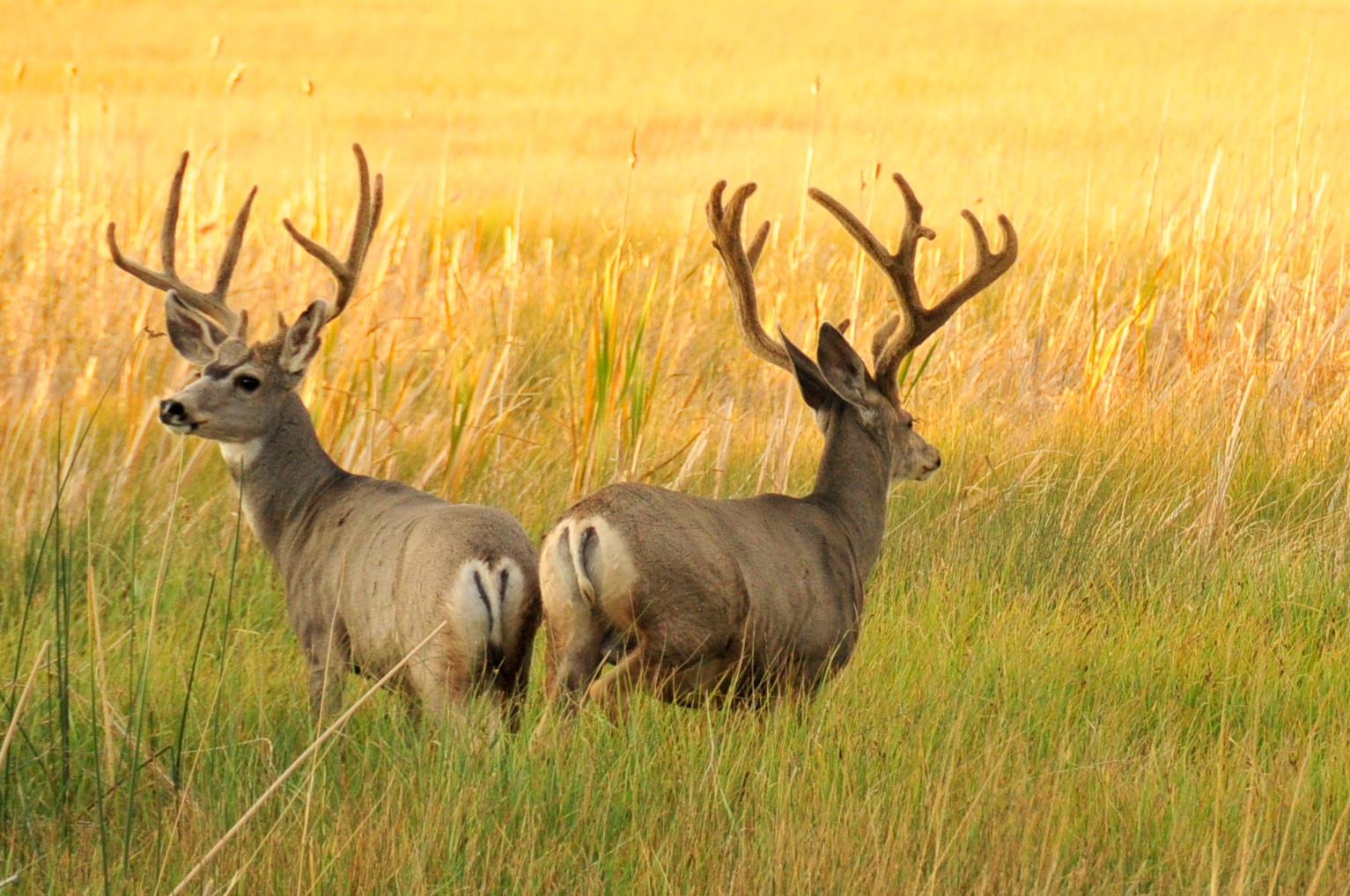
Snowshoe Hare
As the days get shorter for winter, snowshoe hare molt their brown summer fur to white and depend on consistent snow cover to provide camouflage from predators. However, in recent years snow is coming later and melting sooner, but because molting is triggered by the length of day rather than temperature or snow, hares are left “mismatched” with the habitat around them. With their white coats against a dark background, they are glaringly exposed to lynx, coyotes, foxes, eagles, owls and other predators. Since 2012 the Pennsylvania Game Commission reduced snowshoe hare hunting season to less than a week and in restricted areas.
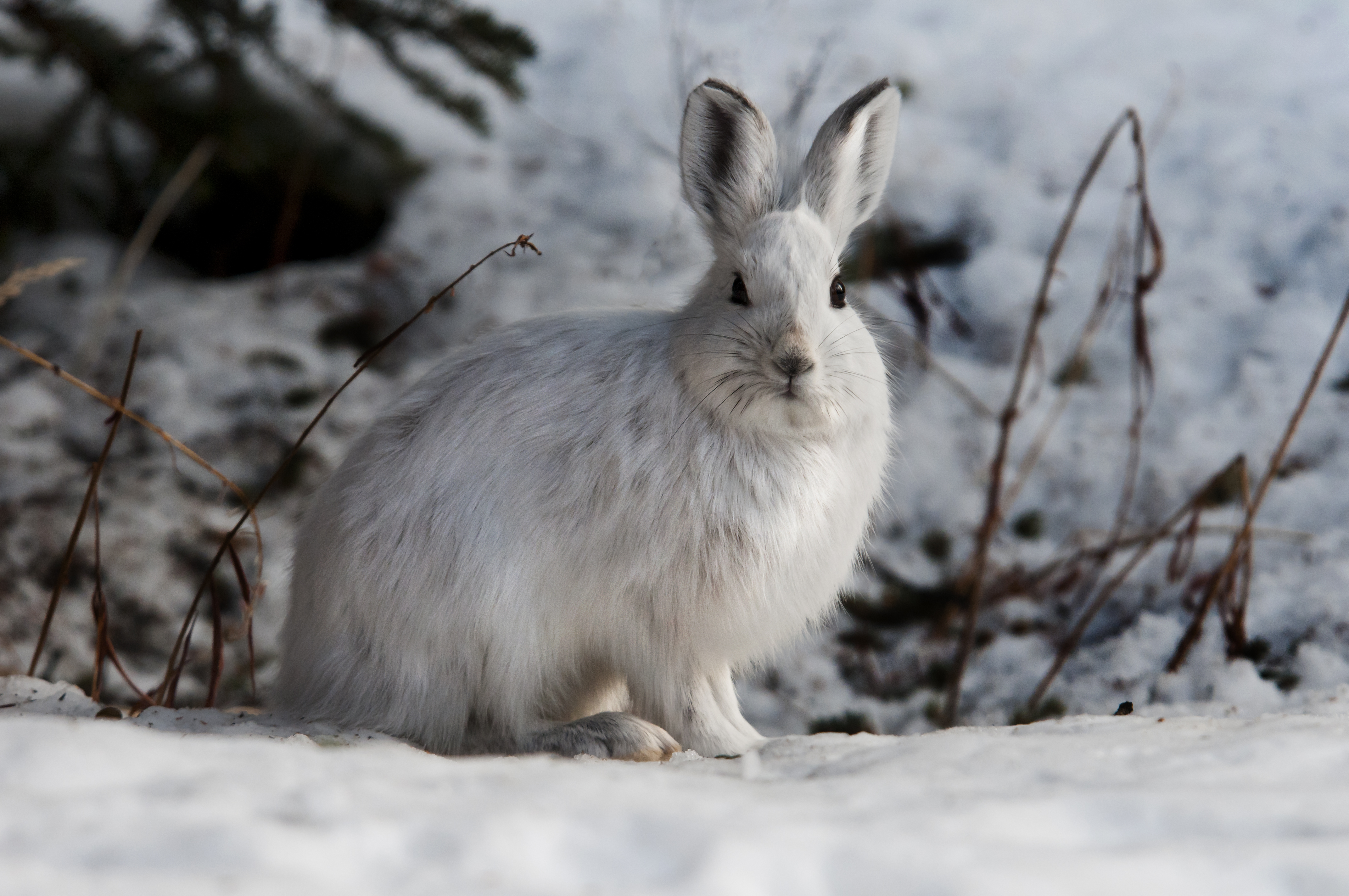
Waterfowl
North America’s two primary duck habitats, the Prairie Pothole Region and northern evergreen forests, are both threatened by climate change. Prairie Pothole wetlands are expected to dry more rapidly and have lower water volumes as temperatures increase, forcing ducks to breed in less productive areas. Climate change is altering evergreen forest landscapes through increased fire and pine bark beetle epidemics as well as increasing annual climate variability. Some of the most commonly hunted ducks such as lesser scaup and the common loon are already showing signs of decline
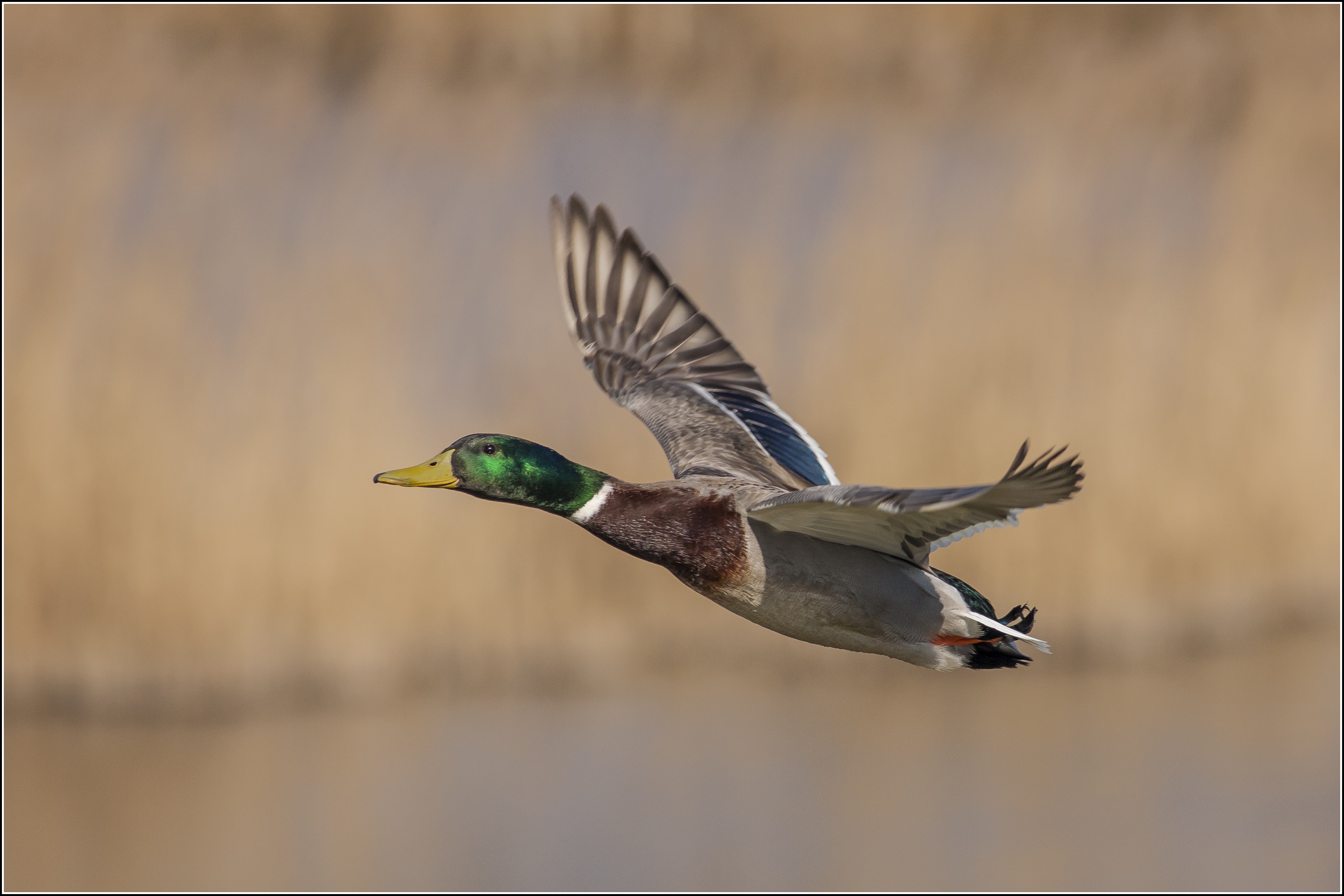
Brook Trout
The iconic brook trout inhabits only the coolest flowing streams and rivers in most of the eastern United States. Unfortunately, as air temperature increases due to climate change, brook trout are expected to lose habitat as the cool water they depend upon warms and oxygen levels decline. Additionally, more frequent droughts harm brook trout by reducing stream flow and killing vegetation, which provides shade that helps keep streams cool.
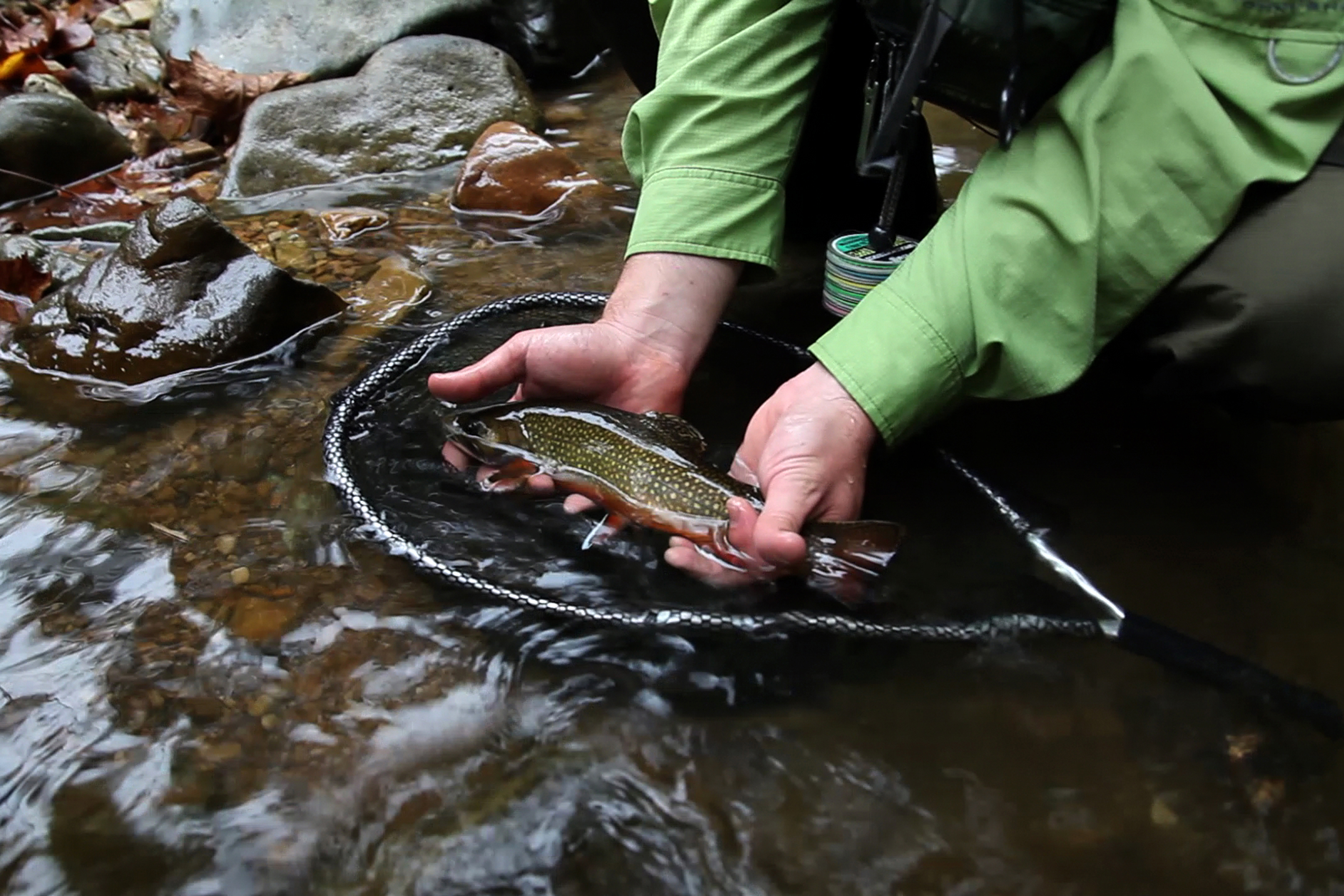
Blue Crab
There are few species more iconic or more important to Virginia than the blue crab. However, blue crabs are projected to be detrimentally impacted by climate change in a way that can also wreak havoc on the sensitive Chesapeake Bay ecosystem. Warming water temperatures have already been recorded in more than 92% of the Bay’s waters which impacts the amount of dissolved oxygen present in the water, making dead zones more prevalent. Warming temperatures are also threatening eelgrass, an essential habitat for juvenile blue crabs. These and other impacts can have severe consequences for crab populations, recreational crabbing, and the economy of the Chesapeake Bay where the blue crab is the most economically important shellfish in the region.
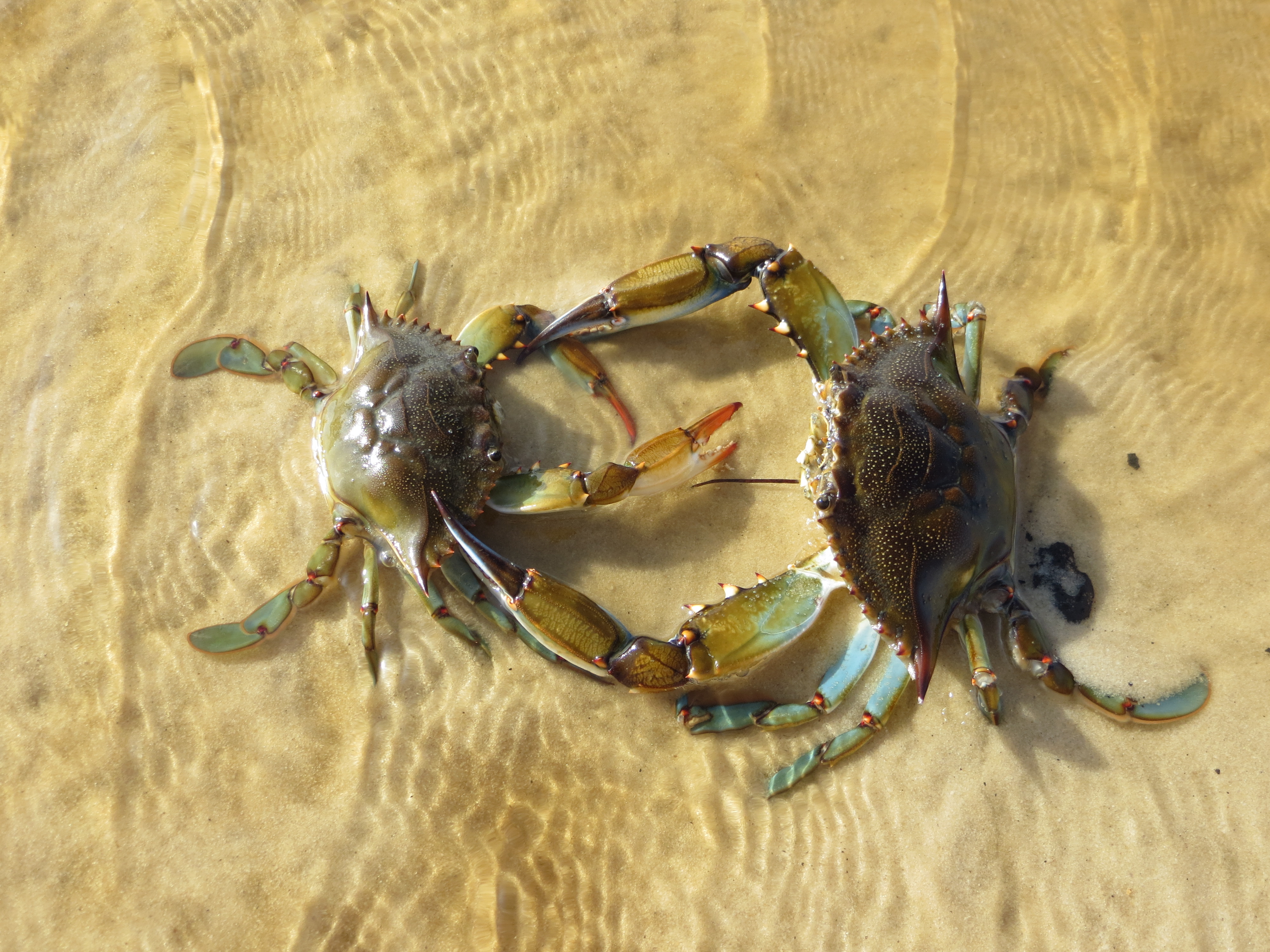
![]() With the help of hunters and anglers, the causes of climate change can be addressed. Let your members of Congress know you support strong action on climate change through the Clean Power Plan!
With the help of hunters and anglers, the causes of climate change can be addressed. Let your members of Congress know you support strong action on climate change through the Clean Power Plan!





















